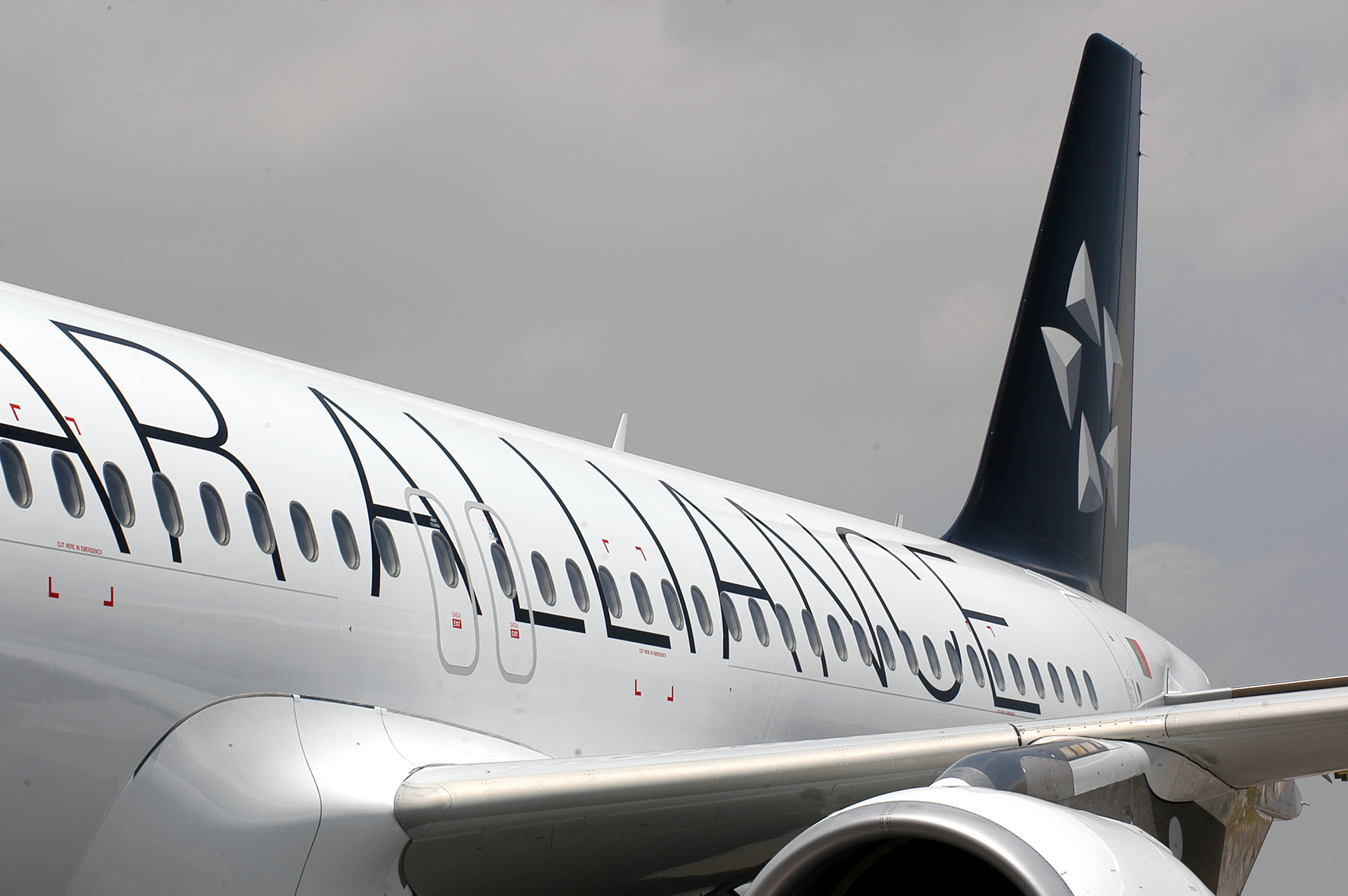What caused the big dip in international inbound travel in the United States this past March? Could it really have been due to a holiday?
Travel to and within the U.S. grew 2.0% year-over-year in March, according to the U.S. Travel Association’s latest Travel Trends Index (TTI)—marking the industry’s 111th straight month of overall expansion.
However, this growth was dampened by the news that international inbound travel fell a whopping 5.4% year-over-year in March—after edging down just 0.2% in February.
The sharp decline in international inbound travel in March was likely due to the timing of Easter, which fell on April 1 last year and April 21 this year; the holiday has historically been a peak travel time for visitors to the U.S. This resulted in lower levels of inbound travel in March 2019 compared to March 2018.
Global economic activity is expected to improve, yet remain soft, in the second half of 2019, supporting predictions that international inbound travel growth will be positive, but slow.
“The outlook for international inbound travel remains lackluster, suggesting that a further loss of global market share is in the cards for the U.S. in 2019,” said U.S. Travel Senior Vice President for Research David Huether. “Acting on certain legislative initiatives, such as the long-term reauthorization of Brand USA and the enhancement and expansion of the Visa Waiver Program to include more qualified countries, can help reverse this trend.”
The dreary international inbound travel forecast was countered by the strength of domestic travel. Domestic leisure travel registered 3.2% growth in March, while the business segment increased by a more tepid 2.0%.
Continued moderation in consumer spending, vacation intentions and business investment is expected to cause both segments of domestic travel to cool in the coming months. The Leading Travel Index (LTI) projects domestic travel as a whole will grow 2.0% through September 2019. Domestic business travel is projected to grow 1.6% while domestic leisure travel is projected to expand 2.2%.
Hoʻomākaukau ka TTI no ka US Travel e ka ʻimi noiʻi ʻo Oxford Economics. Hoʻokumu ʻia ka TTI ma luna o ka ʻike o nā kumuwaiwai a me nā ʻikepili pilikino i hiki ke loiloi ʻia e ka ʻoihana kumuwaiwai. Kuhi ka TTI mai: ʻimi i mua a me nā ʻikepili hoʻopaʻa puke mai ADARA a me nSight; nā ʻikepili hoʻonohonoho mokulele mai ka Airlines Reporting Corporation (ARC); IATA, OAG a me nā papa inoa ʻē aʻe o ka huakaʻi komo i loko o ka honua i ka US; a me nā ʻikepili koi lumi lumi hōkele mai STR.
kaomi i 'aneʻi e heluhelu i ka hōʻike piha.
He aha e lawe ʻia mai kēia ʻatikala:
- “The outlook for international inbound travel remains lackluster, suggesting that a further loss of global market share is in the cards for the U.
- The sharp decline in international inbound travel in March was likely due to the timing of Easter, which fell on April 1 last year and April 21 this year.
- Continued moderation in consumer spending, vacation intentions and business investment is expected to cause both segments of domestic travel to cool in the coming months.























